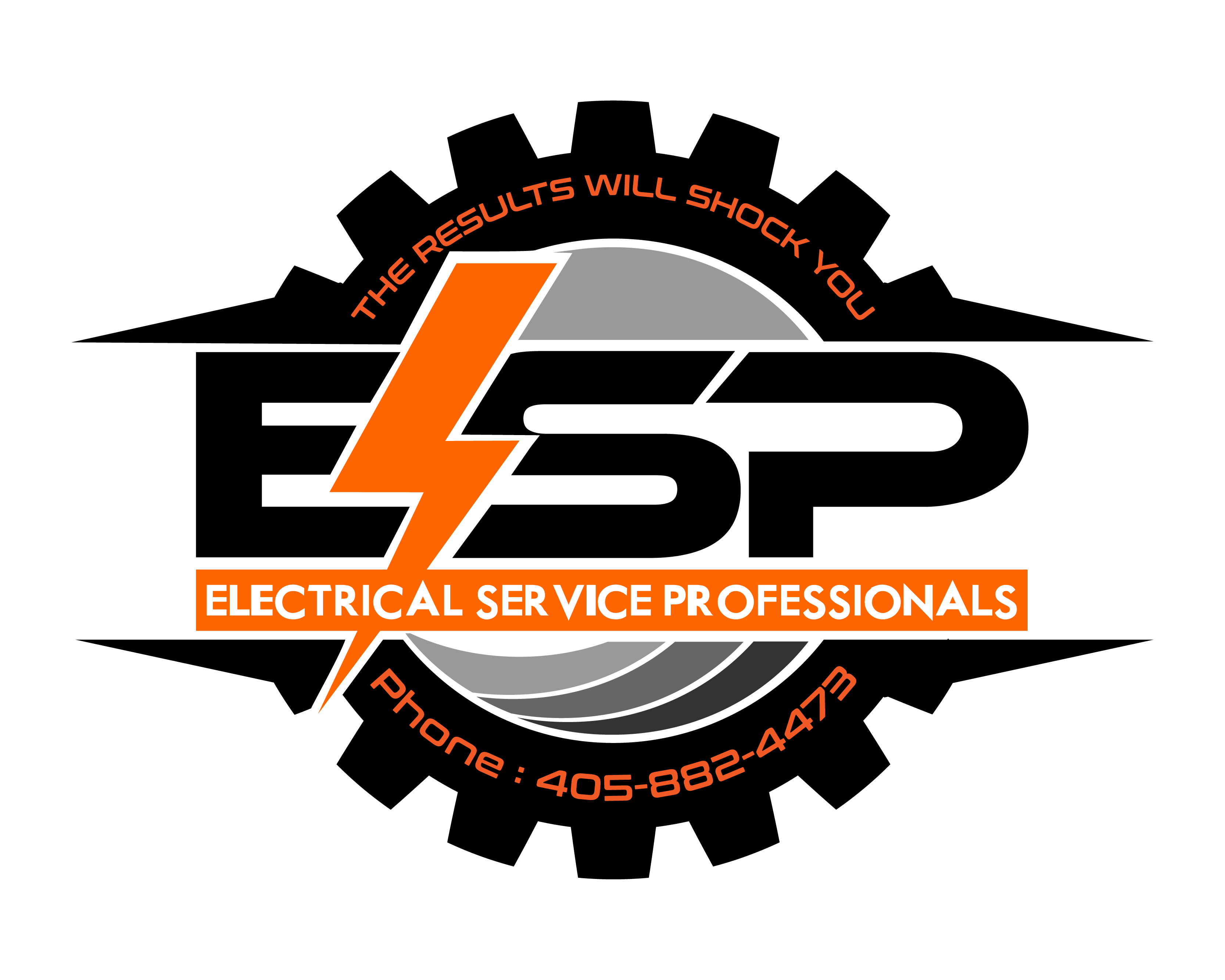Why Property Inspections Matter: 15 Reasons Every Buyer and Investor Should Prioritize Due Diligence

The Hidden Truth About Inspections in Oklahoma: 15 Reasons Every Investor and Homebuyer Should Go Beyond the Basics
Whether you’re a first-time homebuyer or a seasoned real estate investor, conducting a professional inspection before purchase is a must. However, in the state of Oklahoma, there’s a critical piece of information many buyers overlook: not all inspections are created equal—and most don’t uncover hidden or concealed hazards.
At Electrical Service Professionals, we’re here to shine a light on what inspections in Oklahoma actually include, what they don’t, and how you can better protect your investment and your peace of mind.
📜 Oklahoma’s Inspection Laws: Know What You’re Getting
According to Title 158, Chapter 70 of the Oklahoma Administrative Code—also known as the Home Inspection Licensing Act—home inspections are usually limited to visual, non-invasive assessments, your inspector can exceed the code but is not required to.
This means:
- Inspectors are not required to move personal property
- They cannot cut into walls, ceilings, or floors
- No use of specialty equipment like thermal imaging or borescopes is required
- Inspections exclude latent (hidden) or concealed defects
In short, your standard inspection is a snapshot of what can be seen, not what lies behind the walls.
⚠️ What This Means for You as a Buyer or Investor
If a problem is concealed—such as faulty wiring inside a wall, hidden water damage, or improperly spliced circuits in the attic—it may not be discovered in your inspection report. Yet these are exactly the kinds of issues that can cost you thousands in repairs, cause business disruptions, or worse—put your family’s safety at risk.
✅ 15 Reasons to Prioritize (and Supplement) Inspections
Here’s why inspections still matter—and how to go beyond the basics:
- Reveal Obvious Electrical Issues
Outdated panels, exposed wiring, or missing GFCI outlets are common finds during standard inspections. - Check Visible Structural Concerns
Cracks in foundations, sagging rooflines, or signs of prior water intrusion may be visible—but their cause may require deeper investigation. - Highlight Safety Hazards
Loose fixtures, overheating breakers, or unsafe outlets in wet areas are often identified. - Verify Code Compliance (Where Visible)
Inspectors may call out visible code violations, but not hidden or grandfathered issues. - Avoid Immediate Repair Surprises
Even a visual inspection can reveal costly repair needs like panel replacements or rewiring. - Detect Neglected Maintenance
An unkept electrical panel or obvious corrosion often signals broader issues behind the scenes. - Uncover Dangerous DIY Work
Visible signs of unpermitted work can raise red flags—even if some areas remain unseen. - Assess Capacity for Future Needs
A good inspection can give insight into whether the system can handle upgrades like EV chargers or solar installations. - Negotiate with Confidence
You can request repairs, price adjustments, or concessions based on the report findings. - Determine Risk for Business or Family
For investors, it impacts ROI. For families, it impacts safety. Either way, knowledge = power. - Inform Your Insurance or Financing
Lenders and insurers often require inspections—even if limited—before approving a deal. - Plan for Renovations More Intelligently
Know what to budget for, and where a deeper look may be needed. - Gain Leverage to Request Specialist Reports
If an inspector flags a concern, you can bring in a licensed electrician or structural engineer for further review. - Protect Legal Rights with Documentation
Even limited inspections provide a paper trail that can help protect you after purchase. - Identify When to Walk Away
Sometimes the visual signs alone are enough to stop you from making a bad decision.
🧱 Home vs. Commercial Inspections in Oklahoma: What’s the Difference?
🏡 Residential Homebuyers:
- Focus on visible electrical systems, outlets, panels, HVAC wiring
- Designed for safety and livability
- May not account for older systems hidden behind newer drywall or recent renovations
🏢 Commercial Property Buyers:
- Inspectors may look at service panels, lighting, emergency systems, conduit routing
- Intended to assess suitability for business operations—but still limited to accessible areas
- Critical to follow up with licensed trade professionals (like electricians) for full load analysis or compliance checks
🔍 How to Go Beyond the Standard Inspection
To make a truly informed purchase in Oklahoma, consider supplementing your basic inspection with:
- Licensed Electrical Inspections (especially if the property is older or has been flipped)
- Infrared or Thermal Imaging Scans
- Mold or Moisture Detection Testing
- Foundation or Structural Engineering Reports
- Roof and Attic Specific Evaluations
- Sewer Scope and Drainage Reviews
💡 Bottom Line: You Deserve the Whole Picture
Oklahoma’s inspection laws are designed to protect inspectors from liability—not necessarily to expose every risk to you, the buyer. The system isn’t broken—it’s just limited.
So while inspections remain a vital step, they are only one part of a smart, well-rounded due diligence process.
At Electrical Service Professionals, we work with both residential buyers and commercial investors to ensure your electrical systems are safe, up to code, and appropriate for your intended use. We can provide licensed inspections beyond what the average report covers—giving you confidence behind the walls.
📞 Need Expert Help Evaluating Your Next Property?
Whether you’re buying your first home or your fifth building, call Electrical Service Professionals to schedule a property consultation or specialized electrical inspection in Oklahoma.
Let’s help you uncover the unseen—before it becomes a costly surprise.
Schedule Appointment
ESP is an Oklahoma- based, family-owned, woman-led, full-service electrical enterprise that provides outstanding residential, commercial, and industrial electrical services throughout Oklahoma.
OK License #056923, OK License Roofing #800006329
Mon-Fri: 24 Hours | Saturday – Sunday: 1PM – 5PM
(405)882-4473
Mailing: 12444 NW 10th ST. STE 202 #152 Yukon, OK 73099
